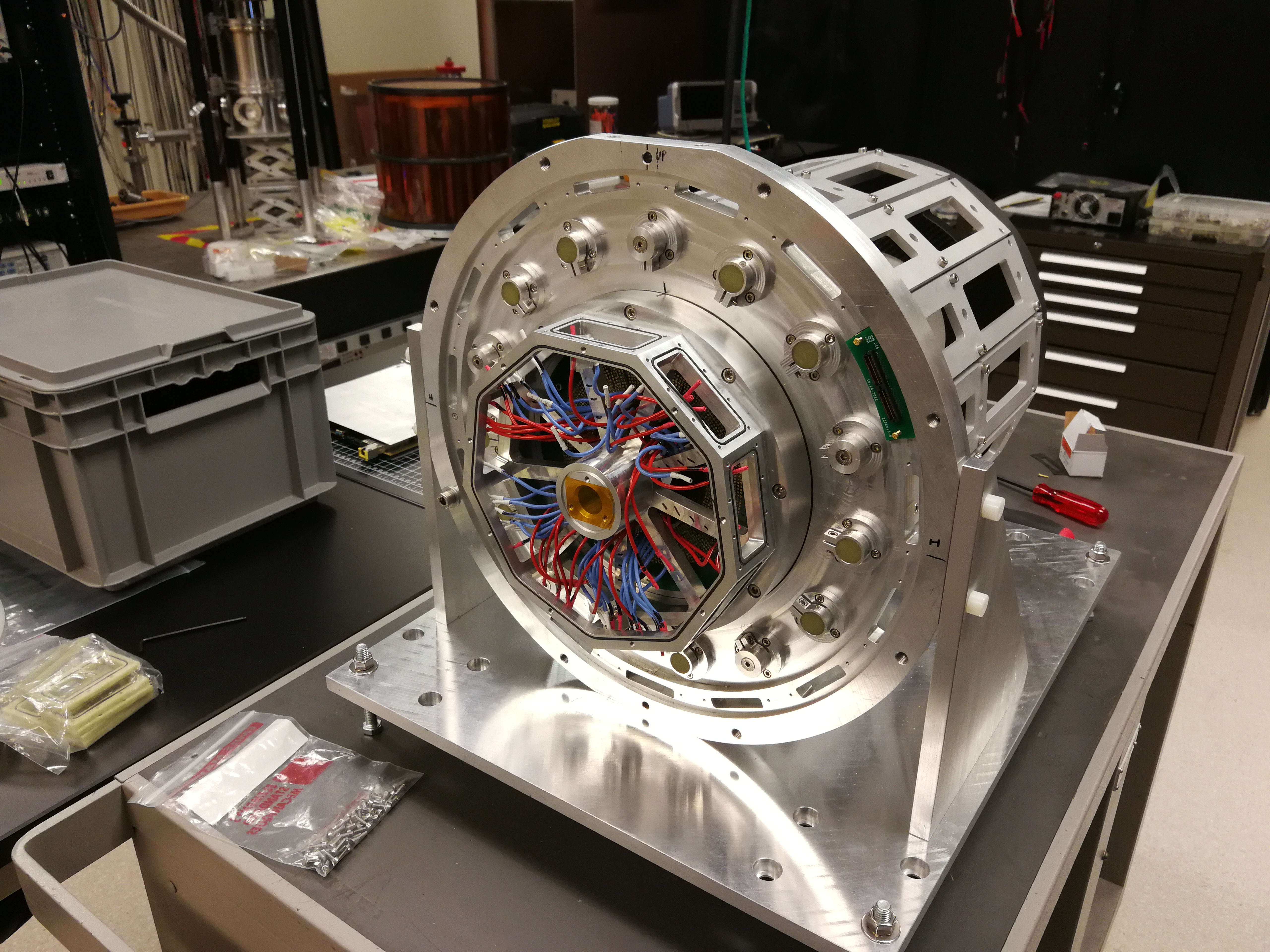Gaseous detectors
Responsible of the WP: Gabriel CHARLES
gabriel.charles@ijclab.in2p3.fr
Gaseous detectors are widely used in nuclear and particle physics for different purposes as tracking, usually at high fluxes, particle identification through energy or momentum measurements, or active targets where the gas medium is also the reaction target. Furthermore, they are also employed when it is needed to cover a large area at low cost.
Gas-based detectors are, indeed, extremely versatile since their parameters, such as geometry, size, gas mixture and pressure, can be optimized for the particular intended application. This implies that “small-scale” systems are still designed and assembled in our research laboratories and, for this reason, the pursuit of the R&D effort in this domain is essential to ensure “small-scale” gas-detectors sustainability and to maintain in our laboratories the associated skills.
Future challenges in experimental physics will require, in particular, gaseous detectors with enhanced energy, spatial and time resolution, lower energy thresholds, and larger dynamic range as well as sustainability to high fluxes.
One of the areas of R&D in the Institute focuses on minimizing the material budget of gaseous detectors, for example by using low density wires for wire chambers. Another axis is the search for new gas mixtures. Indeed, due to recent environmental and safety laws, long time used gases are now hard to find or too expensive. It is therefore necessary to look for new solutions. For ionizing chambers instead, recent developments aim to measure both the ionization signal and the light emitted in the gas for timing correlation purposes. Further efforts are also dedicated to the development of front-end electronics and new simulation tools. Finally, forefront research is also being carried out to reduce the time resolution of gaseous detectors to reach the 1ps frontier.


